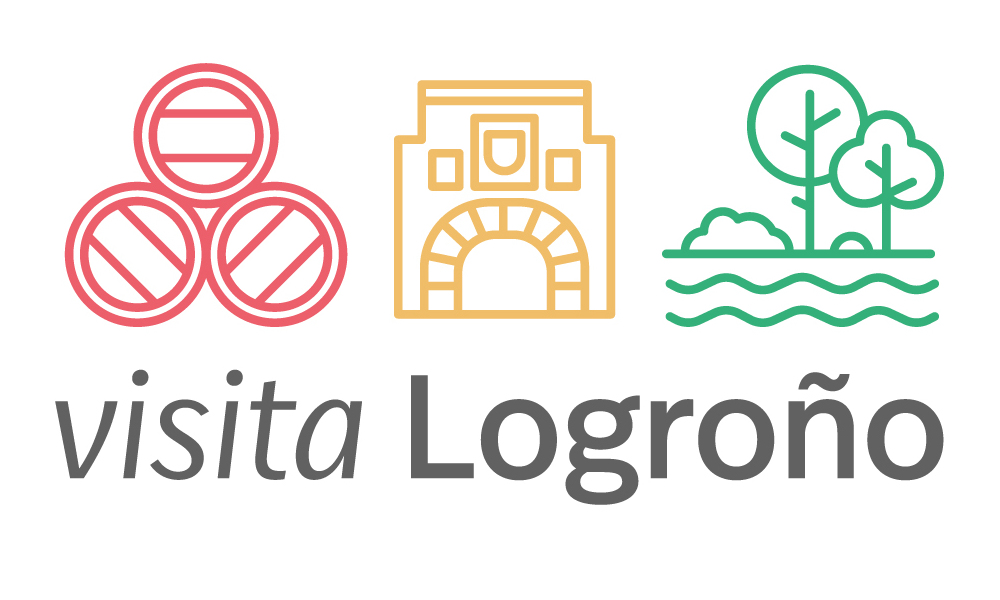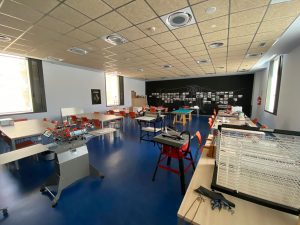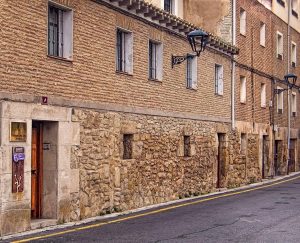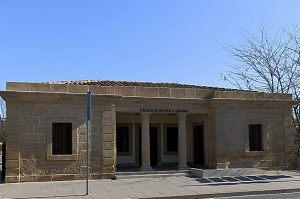
The stone bridge that crossed the Ebro was disabled by a large flood In 1880, so it was necessary to use a barge to cross the river. On September 1 of that year, the tragedy happened: while two battalions of the Infantry Regiment tried to cross the river to carry out maneuvers, the barge had an accident and 90 soldiers drowned.
That tragedy caused the consternation of the city and the mayor of Logroño. The Marqués de San Nicolás asked the Government to urgently build a new stone bridge over the Ebro since the barges did not seem the appropriate solution. The President of the Government, Práxedes Mateo Sagasta, ordered the construction of a provisional wooden bridge and immediately commissioned the drafting of the projects to build a new bridge in Logroño that would guarantee safe access to the city.
The design of the bridge, in charge of the engineer Fermín Manso de Zúñiga, contemplated an iron structure with 11 spans of 30 m span each and supported by ashlar abutments and 10 piers made up of 2 columns.
Built in forged iron, it has two lateral lattice beams, with a mid-height deck. The distance between the axes of the lateral beams is 8 m and the deck is completed with two 1.50 m wide lateral overhangs, stiffened with struts and finished with a cast iron barrier that form the platforms.
Advanced engineering work
The Iron Bridge was built with a budget of almost one million pesetas. A shining example of the most advanced civil engineering of its time: for decades it was the main entrance to the city and the connection to the railroad. It is the longest bridge in Logroño (330 meters) and also the oldest.
The construction of the Iron Bridge was made with imported iron from England, Belgium and Germany. Iron is the main material used in its construction. Slightly more than 1,100 tons of iron were used and it reached a high cost for the time: close to a million pesetas (909,837.46 pesetas for the execution budget and 1,046,313.08 pesetas for the contract budget).
At first it was considered a provisional solution. Finally, it became the only way of communication with the left bank of the road from Soria to Logroño, until it was opened to the public in 1884. From that moment on, this bridge has maintained its importance in the communication axis of the city.
It has been known coloquially as “Sagasta bridge”.
Its opening to the public on December 18, 1882 did not culminate in an official inauguration, because despite having carried out the load tests with carts loaded with water and iron barrels, some parts of the railing, the painting and the paving had yet to be completed.
Sagasta Street. 26001 Logroño.



